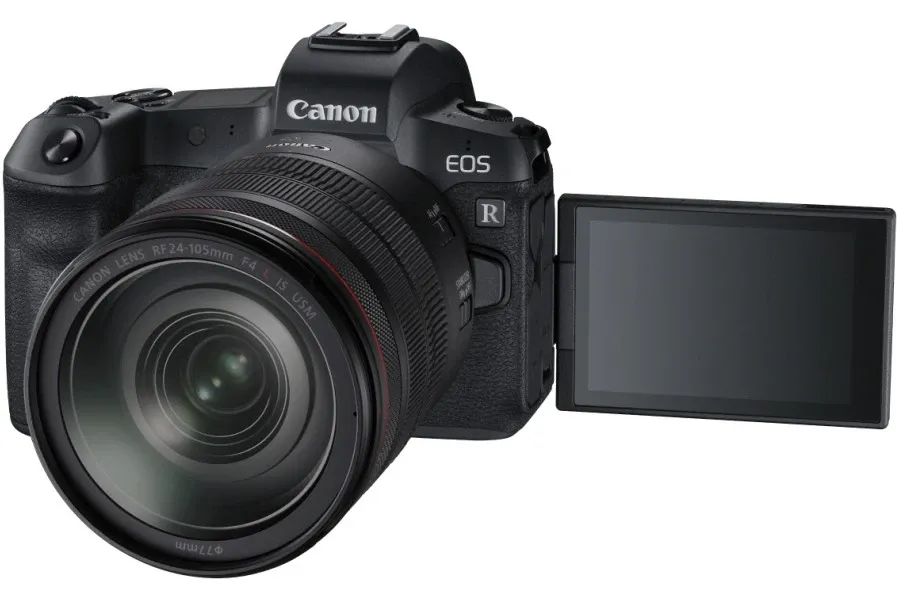Telefónica Holds 96.85 Percent of Its Deutschland Subsidiary Shares
Following the end of the public delisting acquisition offer for Telefónica Deutschland, Telefónica holds approximately 96.85% of the shares in its German subsidiary.

Canon is finally entering the full-frame mirrorless camera market, joining Sony and Nikon in a new battleground for professional-grade camera equipment, according to Bloomberg.
The Japanese electronics giant will begin selling in late October the EOS R for 237,500 yen ($2,130), a price tag targeted at professionals and enthusiasts. It aims to move 20,000 units a month.
Canon is the last major manufacturer to offer a mirrorless camera that’s aimed at pros. Sony took the lead in the market with devices equipped with sensors that’re better at grabbing more light, making it easier for photographers to shoot crisper images of fast-moving objects. Analysts are betting that the three-way competition will drive more innovation.
Canon and Nikon have dominated the pro market for decades, first with film and then with DSLR cameras. However, it’s becoming clearer that devices without the mirror-and-prism system offer significant benefits. Thanks to advanced image sensors, sophisticated software and a simpler design, mirrorless systems can capture light faster while staying in focus, making it easier to capture clearer images of rapidly moving objects.
While mirrorless cameras have been around for more than a decade, Sony was first to embed them with the larger full-frame image sensors putting them on par with DSLRs in terms of picture quality. Canon and Nikon are following suit and rolling out their own designs featuring full-frame sensors.
Mirrorless cameras have been a rare bright spot for the $11 billion industry, where digital camera shipments have plummeted 80 percent in the past decade, as more people use smartphones to take pictures. Mirrorless cameras now account for about a third of the the sector’s revenue, up from 9 percent in 2012, according to industry body CIPA.
Their lofty price tags however may limit mass appeal for now. Canon’s released only a mid-tier model. Rival Nikon last month unveiled two versions: one for the mid-tier and another for the high-end market.